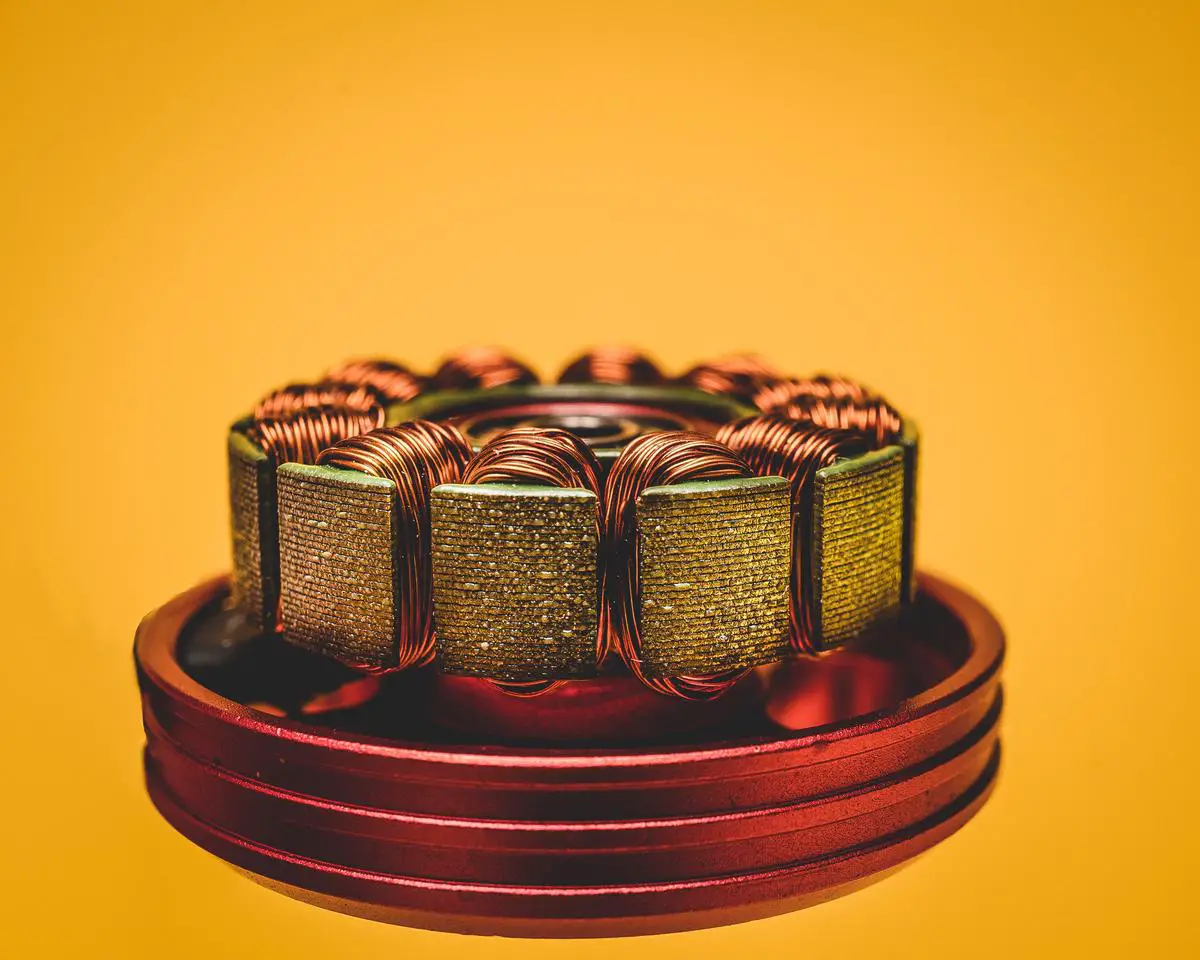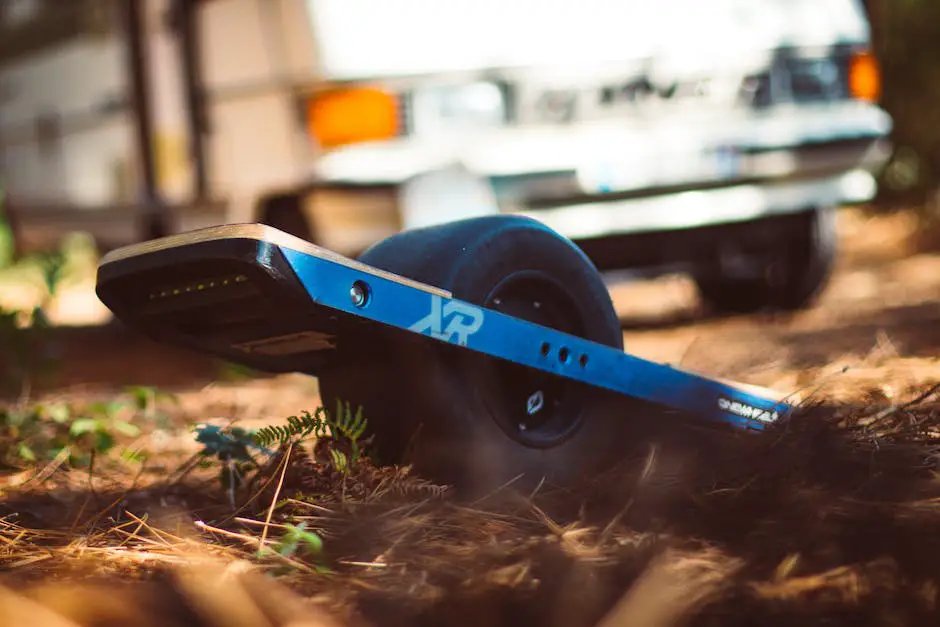Imagine extending the range of your electric skateboard while enhancing its overall efficiency – that’s the power of regenerative braking. Moving beyond the rudimentary grasp of skateboarding, the modern e-skating enthusiast needs to understand the potential of harnessing kinetic energy through this technology. This breakthrough transforms the very dynamics of braking in electric skateboards, offering far more than just stopping power. Through the course of this exploration, you’ll delve into the intricate workings of regenerative braking, contrasting it with traditional braking and delving into its commendable benefits.
Understanding Regenerative Braking
Unleashing the Power of Regenerative Braking
In the realm of automobile technology, regenerative braking has made waves, proving to be more than just a passing trend. This innovative system turns your vehicle into an energy-harvesting dynamo every time you hit the brakes. But what exactly is regenerative braking and how does it work? Buckle up for a thrilling journey through the inner workings of this cutting-edge technology.
Regenerative braking, in the simplest terms, is a system that allows your vehicle to recover and utilize the energy normally wasted during braking. In a traditional braking system, when you press on the brake pedal, the car slows down because of friction and this process generates heat. Essentially, the kinetic energy (the energy of movement) gets lost as thermal energy. All that potential power simply dissipates into the atmosphere. What a waste, right? This is where regenerative braking enters the picture.
Contrary to conventional braking systems, regenerative brakes provide a way to capture that escaping kinetic energy, convert it into electrical energy, and store it for later use. It’s recycling energy, which promotes both efficiency and sustainability. Quite a game-changer!
But how does this happen? Regenerative braking relies on something quite innovative – an electric motor that doubles as a generator. When the vehicle is moving and the brakes are not engaged, the motor uses energy from the battery to spin the wheels and propel the vehicle forward. In this mode, it functions as a standard motor.
The magic happens when you hit the brakes. The motor switches roles and begins acting as a generator. The wheels, instead of being driven by the motor, now turn the motor, converting kinetic energy into electrical energy. It does this using the principle of electromagnetic induction, wherein moving a magnet through a wire coil generates a flow of electrons, or electricity.
This electricity flows back into the vehicle’s battery or a capacitor (energy storage device), recharging it and readying it for the next go-round. When you press the accelerator again, the stored energy becomes usable, improving overall efficiency and reducing the need for other power sources.
One crucial point worth noting is that regenerative brakes can only convert a portion of the available kinetic energy back into usable electricity. The rest continues to be lost as heat, making traditional friction brakes still necessary for safely stopping the vehicle in all conditions.
Regenerative braking has become particularly popular in hybrid and electric vehicles where the goal is to conserve energy and extend the vehicle’s range. However, the potential of this technology, with its ethos of reuse and sustainability, could stretch well beyond these applications in the future.
Delving into the world of regenerative braking reveals both its genius and complexity. Whether on highways, urban streets, or countryside roads, without a doubt, this technology is taking driving into a more sustainable future. We hope that this understanding makes your next journey even more awe-inspiring as you literally turn every stop into another starting point.
So now you know, the next time you hit the brakes with regenerative braking, you’re not just slowing down; you’re powering up for the next adventure!

Photo by kommumikation on Unsplash
Regenerative Braking vs. Traditional Braking
Steering deeper into the realm of regenerative braking, let’s unlock some further complexities of this unique technology. Unveiling additional layers of understanding, we’ll delve into its components, unveiling the essence of its functionality, without any overcomplicated chatter or repetition.
Hang on for the rollercoaster ride of friction and energy as we round the corner into the heart of this innovative braking system. Twist the conventional brake model on its head, and you’ll find regenerative brakes providing a sustainable substitute. But, what nuances separate this green alternative from a traditional anchor?
Beginning with the vehicle’s kinetic energy, think of it like a bouncing ball. When it’s moving, it’s got a ton of energy, right? But the moment it hits the ground, it comes to a rather quick halt. Upon stopping, its motion energy is converted into heat, dispersing into the surrounding environment—essentially wasted. Traditional brake discs and pads play the part of the ground here. The moment they engage, it’s adios kinetic energy!
Now, let’s get into gear with regenerative brakes. Instead of that energy fleeing the scene, it’s put to work, transforming back into electrical energy. But how?
Well, the secret lies in the machinery of the motor-generator unit. The magic unfolds when our vehicle needs to slow down. Instead of applying the clamps and heating things up, the motor’s function is reversed. Its spinning action, initially fed by electrical energy, is now creating just that. The vehicle’s forward momentum keeps the motor’s rotor spinning, turning it into a generator and replenishing lost electrical energy.
This fabulously orchestrated role reversal, known as electromagnetic induction, doesn’t quite end there. Once the energy has been generated in this alternate fashion, it gets diverted to our trusty onboard battery or capacitor. Buoying number among hybrids and electric vehicles, ‘regen’ systems effectively extend battery life and range, a profitable investment indeed.
But as they say, even roses have thorns. Regen’s kryptonite? Extreme decelerations and static scenarios, situations where its efficiency wavers. Consequently, the traditional friction brake system isn’t quite ready for early retirement and remains a necessary co-star for complete stopping power.
Regenerative braking has been generating waves in the automobile industry, pushing the boundaries of potential energy capture. Currently riding in the luxury lane of hybrids and electric vehicles, traces of regen can even be found twirling on bike trails.
Tiptoeing towards the future, ‘regen’ technology is bound to bloom beyond motorized mobility. Trains, roller coasters, elevators, anyone? The possibilities are as vast as the open road itself.
Much like crafting a hobby, harnessing regenerative braking is a relentless pursue of efficiency and sustainability, taking it slow and steady, always eager for the next bend in the road. A progressive technology that turns the concept of braking head-first, regenerative braking confirms an age-old adage – waste not, want not.

Advantages of Regenerative Braking
The exceptional benefits of regenerative braking in electric skateboards become clearer when you apply these concepts to the real-world fun and challenges of skateboarding.
Primarily, regenerative braking increases the board’s overall energy efficiency. This concept, though popular in hybrid and electric cars, is just as awe-inspiring in electric skateboards. Long rides are part of the charm and thrill of skateboarding. Here, the system plays a key role. When you brake, instead of wasting the generated kinetic energy, it captures and reuses it. This process extends the battery life and allows for more extended, uninterrupted experiences.
Additionally, regenerative braking makes your ride smoother. An electric skateboard running downhill can easily pick up speed more than you’d prefer. This is where our ingenious system jumps in to maintain a manageable speed, ensuring your downhill ride stays thrilling but safe.
Furthermore, regenerative braking introduces a nuanced control mechanism. It affords skateboarders the ability to take command of the board’s speed with precision. This handling may seem alien at first, but seasoned skaters acknowledge the enhanced control as a game-changer, especially during more artful maneuvers.
Ultimately, the economic value of regenerative braking cannot be overlooked. Given its advantage in extending battery life, the need for frequent recharging lessens, effectively reducing your electricity bill. Moreover, the prolonged battery lifespan negates the need for immediate replacements, saving you more money in the long run.
To wrap things up neatly, regenerative braking revolutionizes the electric skateboard. Its energy efficiency, rider safety, precise control, and economic benefits all provide an unparalleled experience. Just as skateboarding has evolved from simple wooden cruisers to sophisticated electric machines, so too has the braking technology enriched the sport. Embrace the change, hop on an e-skateboard, and let the regenerative braking system provide an adventure that’s worth every ride.

Photo by kumpan_electric on Unsplash
Real-world Application and User Experience
As the popularity of electric skateboarding continues to surge, one standout feature that enhances the riding experience is regenerative braking. So, buckle up, skateboard enthusiasts! Let’s dive into learning how regenerative braking adds value to our rides and redefines skateboarding as we know it.
Firstly, consider the implications of a system that harvests energy when braking. This energy would usually be lost to friction in traditional braking systems. Yet, thanks to regenerative braking, not a single bit of that power goes to waste. The energy harvested from braking then pumps back into the skateboard’s battery, significantly extending the duration of rides. You’d be surprised just how significantly this increases a board’s range, granting skaters more freedom to conquer greater distances.
Taking a zoom into the steep slopes and downhill terrains, regenerative braking brings a whole new dimension to the game. Traditionally, speeding downhill was a thrill – but also posed a risk. With regenerative braking, downhill rides remain exhilarating but are less threatening. In higher speeds, this feature offers more control, reducing speed without the skater having to step off the board. It’s a clever way to reach a smooth, manageable ride that marries safety with adrenaline.
For those with an advanced skill set, the added control from using regenerative braking can step up the skateboarding experience. Precision becomes second nature as the skateboard behaves a lot more responsively to the rider’s commands. It’s all about skater-friendly controlling: allowing for on-the-fly adjustments and tight turns that are the embodiment of freedom on wheels!
It’s not just about the ride though. Regenerative braking also counts when it comes down to economics. The power recovery attributes not only prolong the skateboard battery’s life but also, in the bigger picture, reduce the overall charging times. Consequently, the skater enjoys a lighter burden on their electricity bill, topping the thrill of the ride with a sense of smart saving.
Unquestionably, the impact of regenerative braking on electric skateboarding has been nothing short of revolutionizing. It has turned the entire experience on its head, offering safer, more controlled rides while ensuring cost efficiency. That’s the beauty of technology merged with passion – creating a path to progress in a sport or hobby we love!
So, next time you strap on your helmet and ride off into the sunset, know that regenerative braking is working in the shadows, enhancing your ride in ways you may not even realize! Safe and fun skateboarding to all!

Choosing an Electric Skateboard with Regenerative Braking
It’s critical to mention, when selecting an electric skateboard with regenerative braking, several factors need to be considered for an optimized skateboarding experience.
One of the primary factors to consider is the terrain the skateboard will be operating on. The smoother and well-paved asphalt roads allow maximum efficiency of regenerative brakes due to minimized vibration and friction. Thus, if the skateboard will frequently be used on uneven terrains, other efficient braking systems should be considered.
The weight of the rider is another consideration. Heavier riders may generate more energy during braking that can be recaptured. However, this also places additional strain on the braking system. It’s essential to choose a skateboard designed to handle the rider’s weight without compromising safety.
The design and quality of the electric motor also play a critical role in the effectiveness of regenerative braking. Opt for a motor that efficiently converts kinetic energy back into electrical energy. Meticulously assess the skateboard’s motor specifications, including torque and power rating, before making a purchase.
A skateboard’s battery type and capacity can also influence the efficiency of regenerative braking. Lithium-ion batteries are popular due to their efficiency, longevity, and ability to sustain high power outputs. A battery with a larger capacity will, however, have a higher energy storage which means more energy can be recovered and more prolonged skating sessions.
A crucial factor not to be overlooked is the skateboard’s controller and its ability to moderate the energy flow. A suitable skateboard controller should be able to seamlessly transition between motor and generator functions, thereby maximizing the electric skateboard’s overall energy efficiency.
Finally, an electric skateboard’s cost should be considered. Regenerative braking technology can lead to a higher upfront cost. However, these costs may be offset in the long-run due to the extended battery life and less frequent charging, thanks to regenerative braking.
Choosing the perfect electric skateboard goes beyond the lure of smart features like regenerative braking. Adequate consideration of the factors highlighted in this piece ensures a well-rounded purchase decision, and ultimately a more enchanting skateboarding adventure.

Having unveiled the transformative essence of regenerative braking, it’s clear that this technology stands as a beacon for the future of electric skateboarding. Beyond just efficiency, it’s an eco-friendly method offering a budget-friendly solution in the long run. Furthermore, it adds a new dimension to the e-skating experience and explores the considerations when selecting an e-skateboard equipped with such technology. Hence, adopting regenerative braking isn’t just a step towards advanced technology, but also a stride towards responsible and thoughtful skateboarding. The vibrant world of e-skater awaits, are you ready to embrace the revolution?

